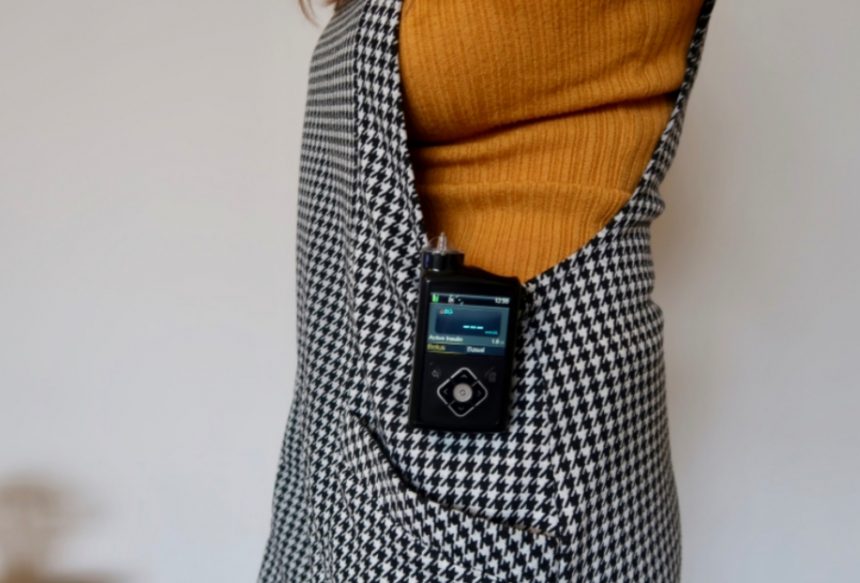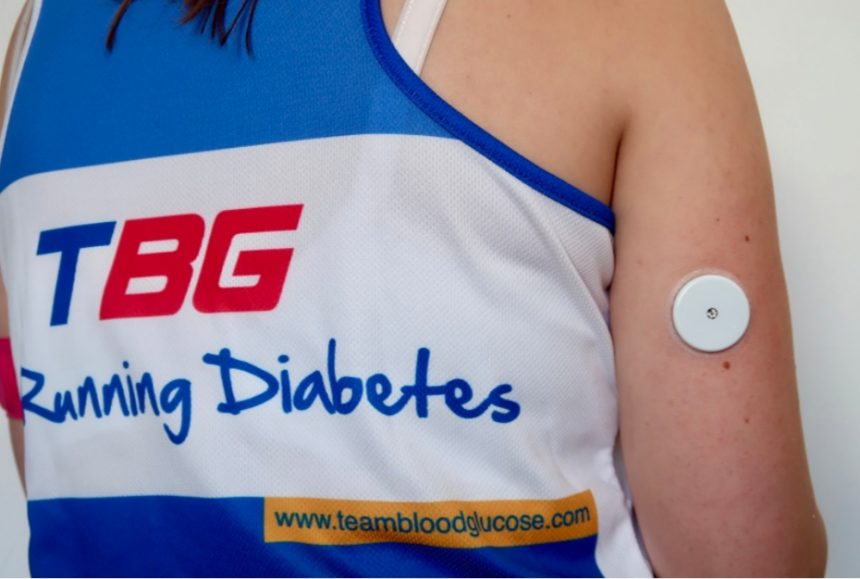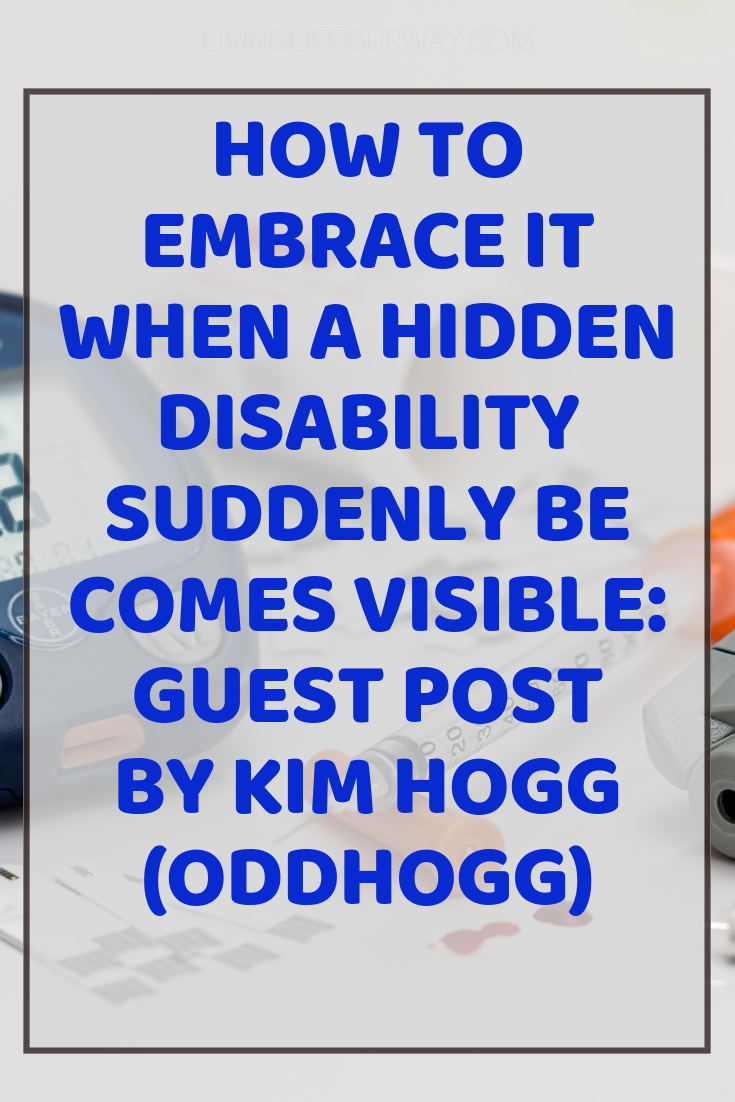Back in February 2013 my life changed forever when I went to the GP with an array of symptoms and came out with a diagnosis of Type 1 Diabetes. It wasn’t a huge surprise as I have grown up with a cousin who has diabetes too, but it doesn’t stop it being a huge shock to the system.
Diabetes is a hidden disability and, although there is almost nothing that we can’t do, it makes doing certain things very hard. It is both a physical and mental strain, but to the outside world it can seem like there is very little wrong. Being able to hide aspects of the condition is both a blessing and a curse. It can be frustrating that others can’t see the daily struggles, but on the days you want to switch off from it as much as possible then there is ability to hide it from strangers.
In 2014 I chose to start insulin pump therapy. Having something attached to me 24/7 was the first step in making my diabetes visible, however the infusion sites are usually hidden under my clothes and aside from quite a few people thinking I’d started carrying a pager it was still quite easy to hide when I wanted.

In February this year, just short of 6 years since diagnosis, I chose to take the step and make an invisible disability visible. I am using a Freestyle Libre to track my blood sugar levels, and it is inserted on my bicep for all to see. For 14 days at a time the sensor remains in place, and I have found that a lot of people will ask about it.
For me that is never a problem. I am always happy to talk about my diabetes and educate others on what it is like. Not everyone is as comfortable talking openly about it though, and it is those people who find it a struggle to have their diabetes thrust into the spotlight.

There is a huge stigma around having diabetes. This is largely due to a lack of education, and many people don’t understand that there are differences between the types of diabetes. The assumption is there that all diabetics are fat and lazy and they would get better if they just lost weight then they would be cured. It’s simply not true, but dealing with the ignorance of others is easier when they don’t know you have diabetes.
Taking away the security blanket of the disability being invisible means we open ourselves up to judgements and questions, but is also an opportunity to educate and advocate. Personally, I take every opportunity to answer questions about type 1 diabetes, explaining what it is and the impact is has on my day to day life. I make sure I tell people the signs and symptoms, and explain that there is no known cause or cure.
To me, making an invisible disability visible has far more benefits than you first think, but you have to be in the right headspace to see it.
About the Author
Kim lives in Aberdeen with her husband and 2 sons. OddHogg is where she documents her life with T1D at home and as they travel around the world.

